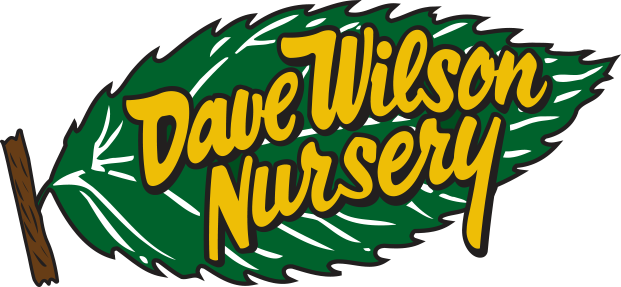We sell our products to retail nurseries, garden centers, container growers who sell to landscape contractors and retail nurseries, mail order nurseries, and anyone else who qualifies. We do not accept direct sales to consumers.
For Home Orchards
In May, home orchardists in the southern half of the U.S. should complete the first pruning as explained in Dave Wilson Nursery’s Backyard Orchard Culture techniques. When new growth has reached about 12” in length, trim it back by half with a pair of sharp hand pruners. Doing the first pruning early is essential for pushing new fruiting wood low, where you want it. Prune apricots and cherries only during dry weather to minimize spread of disease.
As you begin to harvest blueberries, top dress each plant with ½ cup of rock phosphate. This source of phosphorus will not affect the pH of the soil. Rock phosphate is slow to release and will be available in fall when the plant is forming next year’s buds.
Thin mid to late season tree fruit when it reaches the size of a small walnut. Wait two days and go back and thin it again! Too much fruit is, in many ways, a burden to the tree. Be sure to notice where the fruit is set on each kind of tree. Is the fruit on last year’s shoots and twigs? Older wood? Spurs? Current season’s growth? This knowledge leads to pruning with confidence.
Grape plants are vigorous, woody vines with classic, distinctive foliage and attractive fall color. Grapes are widely adapted, but need sun, airflow and good drainage. Check out the Dave Wilson Nursery Fruit Tube™ videos for grape growing methods and pruning specifics.
Don’t let a sudden early summer hot spell catch you off guard and harm your plants. Irrigation schedules must be adjusted as temperatures continue to climb through spring and summer. Remember also that fruit sweetness and flavor are reduced by overwatering.
References:
Backyard Orchard Culture
Q&A: How do I prune my backyard fruit tree?
DWN Fruit Tube™ (videos) list
Water and Mulch
Q&A: How often should I water my fruit tree?


